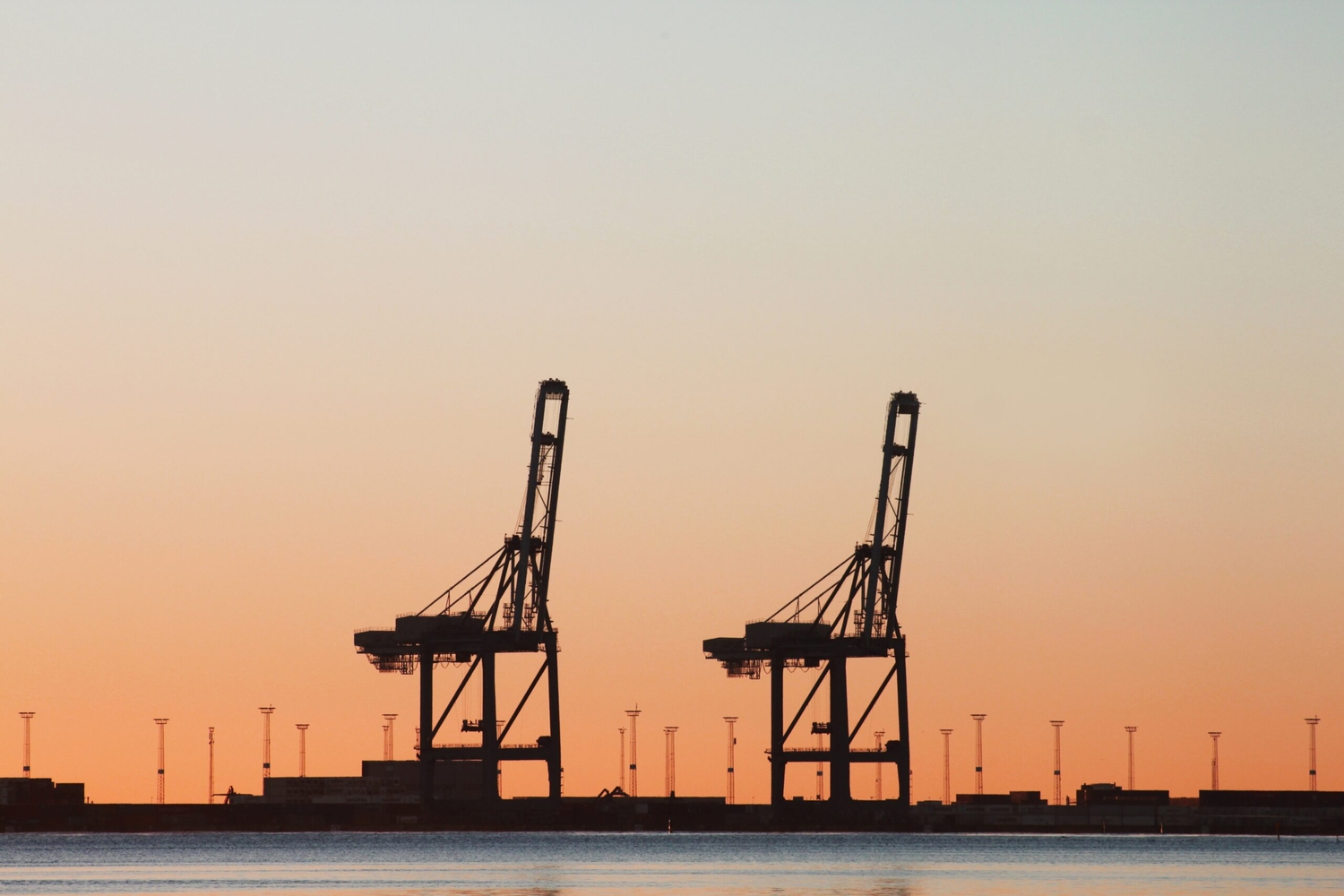The demand in regional NSW is being driven by strong underlying industrial market fundamentals.
Joel DuceyIndustrial Director NSWIndustrial migration is set to increase in regional NSW
This Insight explores the anticipated growth in demand and drivers for key regional industrial markets across NSW.
Newcastle/Hunter Valley, Tamworth/New England and the Central Coast are poised for growth off the back of key infrastructure investment, population growth, and rising delivery requirements.
Regional NSW Industrial demand is being driven by the strong fundamentals in the sector
The demand in the Newcastle/Hunter Valley, Tamworth/New England and Central Coast precincts is being driven by strong underlying industrial market fundamentals, as well as key infrastructure investment; population growth; and an increasing demand for storage to meet rising local delivery requirements in major regional hubs. Demand will also be fuelled by the increasing scarcity of land in Sydney outside of the Western Sydney Aerotropolis precinct, as well as growing affordability concerns and increasing congestion of major road networks throughout metropolitan Sydney.
The three major regional NSW hubs of Newcastle/Hunter Valley, Tamworth/New England and the Central Coast are expected to experience significant industrial growth due to their relative affordability, existing and proposed key infrastructure, connectivity, population growth and access to increasingly large residential catchments.
The evolving nature of click-and-collect strategies is driving a requirement for businesses to be located within proximity of key delivery hubs, and to establish bases in these major regional markets. Other regional markets anticipated to experience future growth include the Wollongong/South Coast region and townships such as Orange and Bathurst.
NSW Industrial occupier demand to remain strong
According to M3 Property’s latest Sydney Industrial Market Commentary for October 2023, (view data here) it is expected that industrial occupier demand in NSW will remain robust during 2023. However, softening economic conditions, including reduced consumer spending on retail goods, is likely to discourage the expansionary plans of some occupiers. Furthermore, tight vacancy rates will likely result in the overall take-up of industrial space reducing in 2023 compared with 2022.
Over the medium-term, NSW industrial demand is expected to be supported by State Final Demand growth of 2.47 per cent per annum (2022-27) and a return to stronger, albeit lower than pre-pandemic, population growth of 1.06 per cent per annum (2022-27).
Key data suggests that growth in the transport, postal and warehousing, and wholesale trade industries is expected to strengthen over the coming five years in NSW, compared to the previous intervening period. However, that growth in the manufacturing industry is expected to contract.
Newcastle/Hunter Valley and Tamworth/New England industrial precincts expected to lead regional growth
These markets incorporate diverse local economies underpinned by the healthcare, education, retail, accommodation, professional services and construction sectors. They also provide good connectivity to major road, rail, port and airport infrastructure and have growing residential populations with an increasing demand for the delivery of goods and services. As such, these markets are anticipated to experience significant growth in both the supply of, and demand for industrial land over the next five to 10 years.
The Newcastle/Hunter Valley region is a priority area, with The Port of Newcastle having recently been designated as a major renewable energy hub for Australia. With The Port currently operating at approximately 50% of capacity, significant growth in trade is predicted over the next 20 years. Tamworth is also a significant growth area for industrial given its status as a major hub for the New England region, as well as its connectivity to major rail, road and air infrastructure and large manufacturing, construction and agriculture industries. These markets also have strong population growth forecasts.
The population for the Greater Hunter region is forecast to grow by 21.93 per cent, from 604,115 in 2021 to 773,825 by 2041, according to NSW Government Projections. In the Tamworth/New England region, data provided by Tamworth Regional Council shows between 2021 and 2041 the population for Tamworth Regional Council is forecast to increase by 17,092 persons (26.84 per cent growth).
Newcastle infrastructure levels increasing
The level of key infrastructure in Newcastle is significant, including road, rail, air and port, with plans for further road upgrades. An example of this is the M1 Pacific Motorway extension to Raymond Terrace, bypassing Hexham and Heatherbrae, which will improve connection between the M1 and Pacific Highway for motorists and freight. This project has commenced and is anticipated for completion in 2028. Once completed it will reduce travel times and improve connectivity, making the area increasingly appealing for freight and logistics operators.
M3 Property is tracking two major industrial land releases (at varying stages of approval and release) in the Black Hill Employment Precinct at Beresfield, Newcastle incorporating a mix of small lots of up to approximately one hectare and super lots ranging between approximately two and 10 hectares.
The Black Hill Employment Precinct will be significant, as it will accommodate the first super lot industrial land release in the Newcastle region. Whilst formal marketing is yet to commence, the project is reportedly generating good levels of interest from an array of large-scale end users including logistics, data, storage, trucking/transport, manufacturing and renewable energy operators.
Tamworth Intermodal Freight Terminal Facility is a significant infrastructure project
In Tamworth, the new Intermodal Freight Terminal Facility that was designed and constructed for Qube Logistics is one of the most significant logistics infrastructure projects to be completed in regional Australia and is the catalyst for the ‘Tamworth Global Gateway Park’. The Intermodal Facility, which is expected to be operational in Q4 2024, will move freight from trucks to trains, enabling access to ports while improving delivery times for import and export flows into the region.
The NSW Government invested $35 million in 2021 to re-activate the five-kilometre freight line between West Tamworth and Westdale in 2021, which will provide rail connectivity from the new Tamworth Intermodal Freight Terminal to the existing rail network, connecting the terminal to the Port of Newcastle and further afield to the Port of Botany.
A large area of business-zoned industrial land is also under development within the Tamworth Airport precinct. It is anticipated that this land will accommodate an array of logistics and heavier industrial uses, in addition to some lighter industrial and large format retail-type uses.
Click the link below to download in PDF format.
NSW Industrial Insight – December 23

Time to talk?
With 120+ experts across Australia, our property solutions are as independent as they are extensive.
Confidence and success in property starts by asking the right questions. From valuation and asset advisory to taxation, rating and litigation, our property advice looks beyond the immediate, providing a premium, strategy-based solution.




